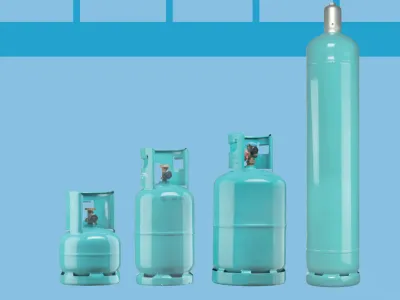EU F-Gases Regulation No. 517/2014 Consequences for the refrigeration, air conditioning and heat pump industry
Laws and Regulations
EU F-gases regulation
EU F-Gase regulation

Initial situation
The first version of the EU F-gas Regulation No. 842/2006, which has been in force since 2007, aimed for a significant reduction in F-gas emissions through improved plant tightness and the recovery of F-gases. These included u.a. Requirements for the regular leak-tightness control, special requirements for the
Contents
Jobs




